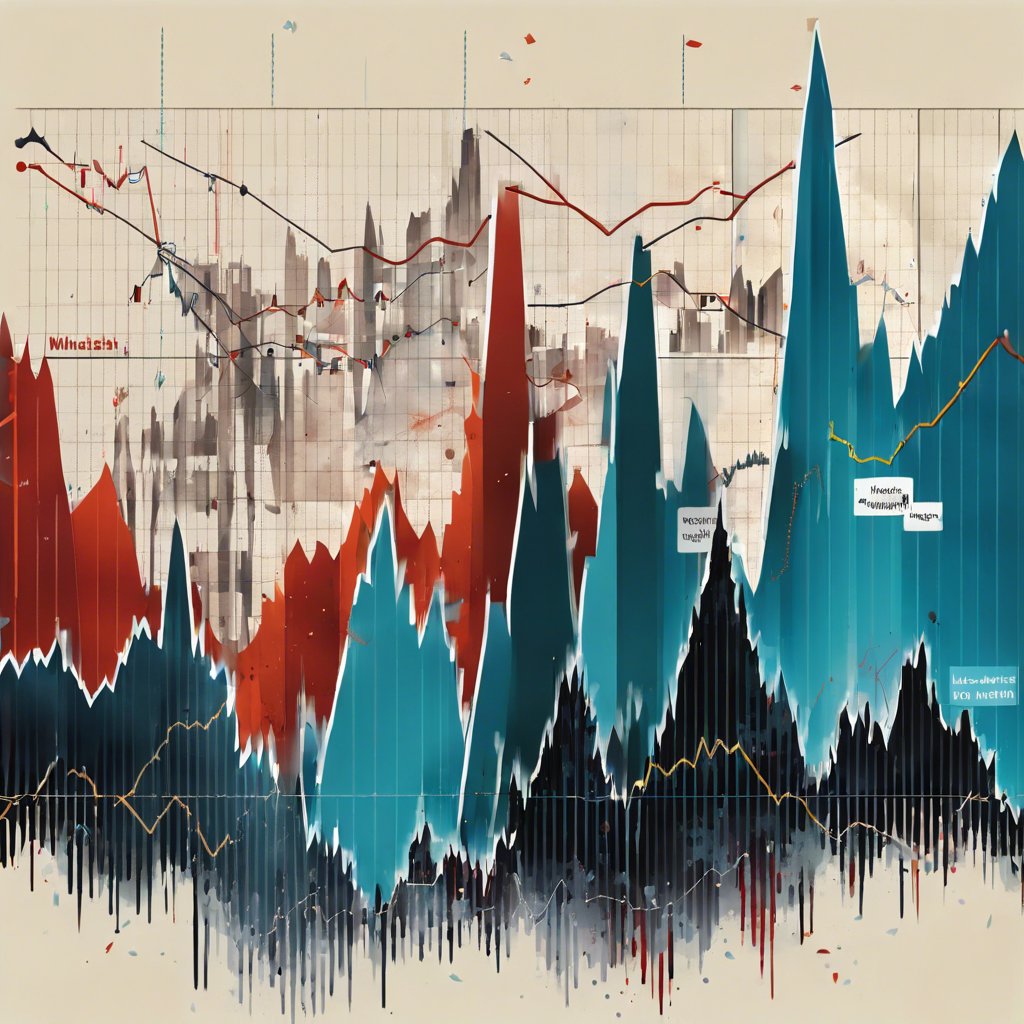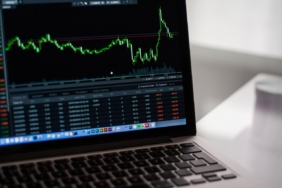Market Movements: A Week of Whiplash
Time in the financial markets can shift dramatically. Over the past week, it seemed to accelerate to supersonic speeds, leaving many investors feeling disoriented. Global stock and bond markets experienced a series of sharp rises and falls, creating a whirlwind of activity that spanned oceans and time zones.
Concerns about a potential recession in the United States intensified, leading to growing pressure on the Federal Reserve to consider cutting interest rates in an effort to stimulate economic growth. Panic can easily grip the market during downturns, but it can dissipate just as rapidly. By late in the week, it felt almost as if the tumultuous market events had never occurred.
This episode serves as a crucial reminder of the importance of maintaining composure when your own financial resources are at stake. While the recent fluctuations may have felt alarming, they were not unprecedented in a historical context—particularly in the United States. However, it is essential to acknowledge that such volatility could foreshadow more significant losses in the future. Major downturns are an inherent part of investing, much like recessions are a natural aspect of economic cycles.
During times of market turbulence, it is vital to refrain from making hasty decisions. Instead, when the situation stabilizes and you can think clearly, remember that broad diversification generally helps mitigate risk. As I mentioned in a column written just before the stock market downturn and the rise in bond values, regularly rebalancing your portfolio is beneficial. This ensures that your mix of stocks and bonds aligns with your risk tolerance.
It Started in Japan
The heart of the recent market action was in Tokyo. The benchmark Nikkei 225 stock index plummeted by 12.4 percent on Monday, marking its largest one-day decline since 1987. However, this dramatic drop was quickly followed by a robust recovery of over 10 percent the following day. The volatility in the stock market was primarily driven by significant fluctuations in the value of the yen, along with minor shifts in interest rates, as reported by my colleague River Akira Davis from Tokyo.














